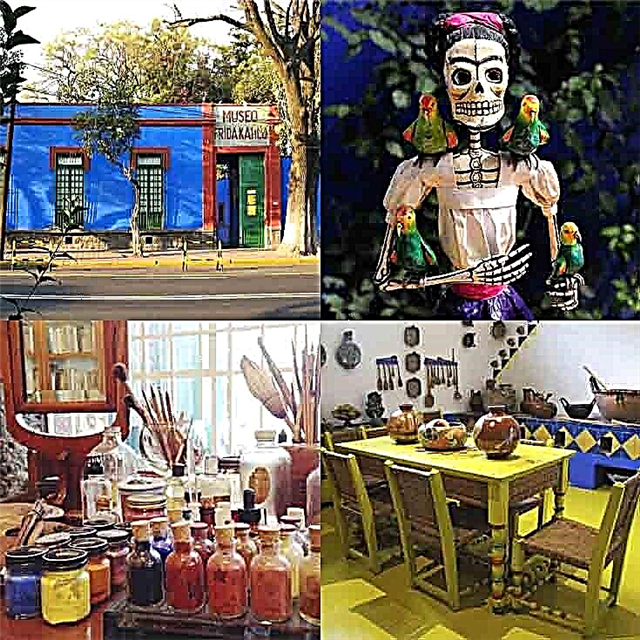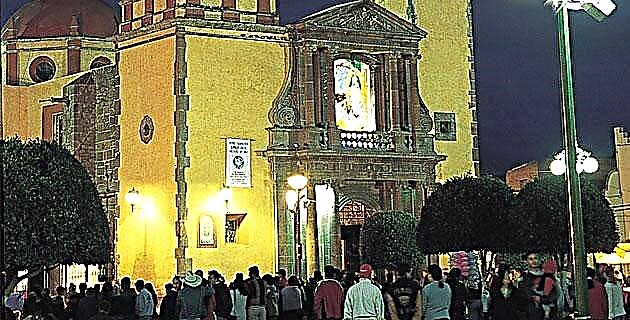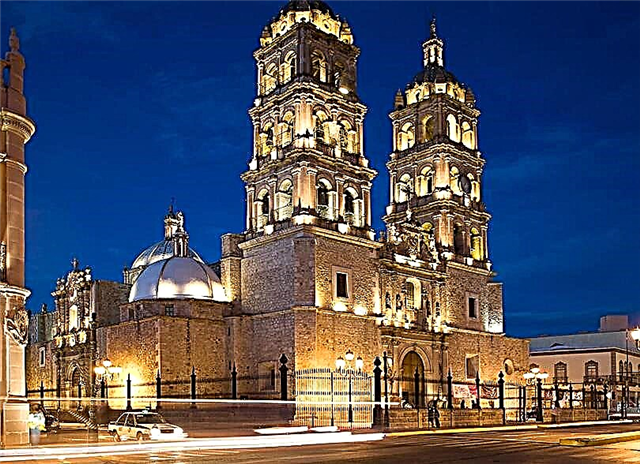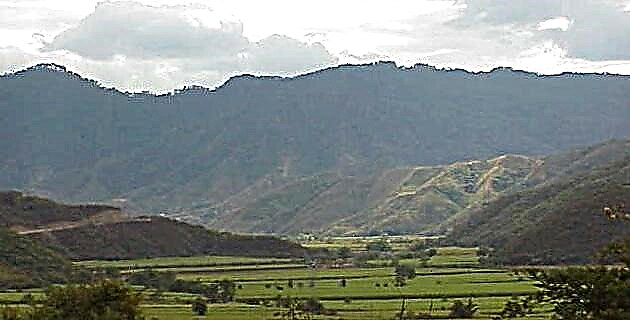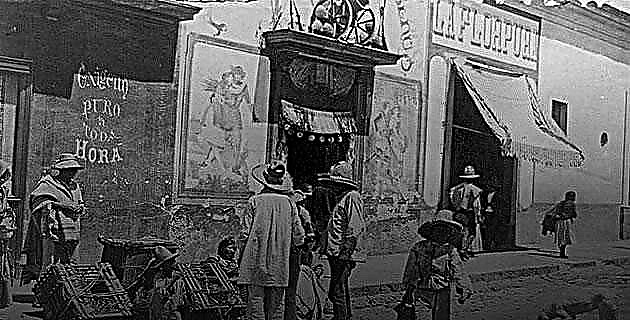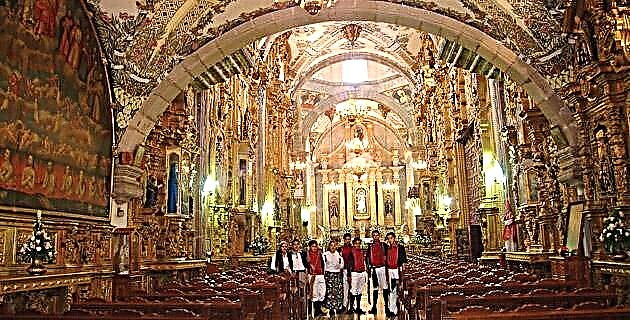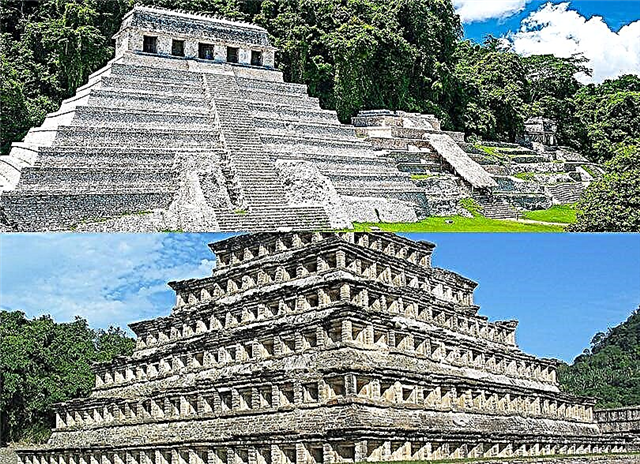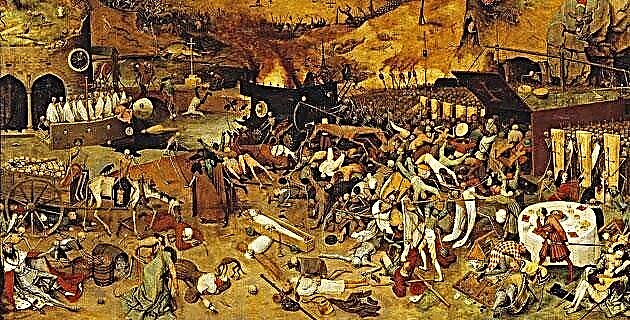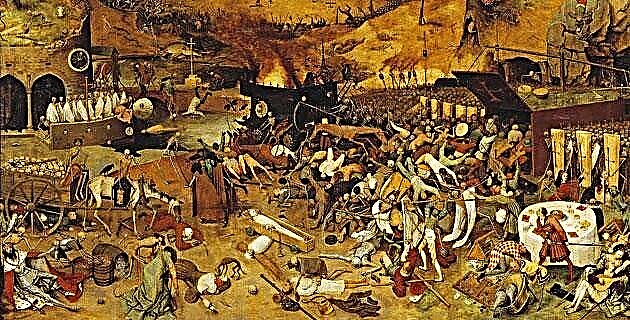
Communicable diseases have found their means of dissemination in migrations; when the peoples of America were exposed to contagion, the attack was fatal. There were pathologies in the new continent that affected Europeans, but not as aggressive as theirs were for the natives.
Plague in Europe and Asia was endemic and had an epidemic character on three occasions; the first occurred in the sixth century, and it is estimated that it claimed 100 million victims. The second in the fourteenth century and was known as the "black death", approximately 50 million died on that occasion. The last great epidemic, originating in China in 1894, spread to all continents.
On the European continent, poor housing conditions and promiscuity and hunger facilitated the spread of the disease. The Europeans had as therapeutic resources to deal with their illnesses the Hippocratic measure transmitted by the Muslims during the Iberian occupation, some discoveries of Galenic medicine and the first indications of chemical compounds, hence they took measures such as the isolation of the sick, the personal hygiene and medicinal vapors. Along with the diseases they brought this knowledge to the American continent, and here they found all an empirical knowledge for native diseases.
Here the terrestrial communications of towns and villages played a leading role in the spread of diseases. In addition to men, merchandise and beasts, pathologies were transported from one place to another along the trade roads according to the direction of their flow, carrying and bringing remedies for them at the same time. This biological exchange made it possible for populations far from the large urban centers to be affected; For example, along the Camino de la Plata, syphilis, measles, smallpox, plague, typhus and consumption traveled.
What is the plague?
It is a communicable disease by direct contact via the air and by the secretions of infected patients. The main symptoms are high fever, wasting and buboes, caused by Pasteurella pestis, a microorganism found in the blood of wild and domestic rodents, mainly rats, which is absorbed by the flea (vector parasite between rat and man) . The lymph nodes become swollen and drained. The secretions are highly contagious, although the form that spreads the disease more quickly is the pulmonary complication, due to the cough that it originates. The bacteria are expelled with the saliva and immediately infect people nearby. This causal agent of the plague was known until 1894. Before that date, it was attributed to various causes: divine punishment, heat, unemployment, hunger, drought, sewage and the humors of the plague, among others.
Infectious diseases spread more rapidly in the mining centers, due to the conditions in which men, some women and minors worked, in the shafts and tunnels of the mines and on the surface in the farms and processing yards. The overcrowding in these places made it possible for workers to become infected, especially due to poor food conditions and overwork, coupled with the pulmonary variety of the plague. These factors precipitated the spread in a rapid and lethal manner.
The plague route
The epidemic that began in the town of Tacuba at the end of August 1736, by November had already invaded Mexico City, and spread very quickly to Querétaro, Celaya, Guanajuato, León, San Luis Potosí, Pinos, Zacatecas, Fresnillo , Avino and Sombrerete. The reason? The roads were not very fluid but they were quite traveled by the most diverse characters. Most of the population of New Spain was affected and the Camino de la Plata was an effective vehicle of dissemination to the north.
Given the news of the epidemic from Pinos and the deadly impact that population was suffering in 1737, in January of the following year the Zacatecas council took steps together with the friars of the San Juan de Dios hospital, in order to face the disease that was beginning to have its first manifestations in this city. It was agreed to carry out equipping works in two new rooms with 50 beds provided with mattresses, pillows, sheets and other utensils, as well as platforms and benches to house the sick.
The high level of mortality that the epidemic began to cause in both towns forced the construction of a new cemetery to accommodate the deceased. 900 pesos were allocated for this work, in which 64 graves were built from December 4, 1737 to January 12, 1738, as a precautionary measure against deaths that could occur during this epidemic. There was also an endowment of 95 pesos for burial expenses for the poor.
The brotherhoods and religious orders had hospitals to deal with collective diseases that, according to their constitutions and economic conditions, provided help to their brothers and the population in general, either by giving them hospital accommodation, or by giving medicine, food or shelter to in order to alleviate their ailments. They paid doctors, surgeons, phlebotomists and barbers who sangled with leeches and suction cups for buboes (adenomegalies) that, as a consequence of the plague, appeared in the population. These pulsating doctors had specialized literature with the newly discovered treatments that came from overseas and traveled along the Silver Road, such as the Spanish and London pharmacopoeias, Mandeval's Epidemias and Lineo Fundamentos de Botánica's book, among others.
Another measure taken by the civil authorities of Zacatecas was to provide blankets to the "unsheltered" patients - those affected who were not under the protection of the hospital - in addition to paying the doctors who treated them. The physicians issued a ticket to the patient that was exchangeable for a blanket and some reals for food during his illness. These outpatients were none other than pedestrians on the Camino de la Plata and itinerant workers with short stays in the city who had not obtained fixed accommodation. For them also due precautions of charity were taken regarding their health and food.
The plague in Zacatecas
The population of Zacatecas suffered intense heat, drought and hunger during the years 1737 and 1738. The corn reserves contained in the city's alhóndigas barely lasted a month at most, it was necessary to resort to nearby labor farms to ensure the food for the population and face the epidemic with more resources. An aggravating factor to the previous health conditions were the rubbish dumps, garbage dumps and dead animals existing along the stream that crossed the city. All these factors together with the neighborhood with Sierra de Pinos, where this plague had already struck, and the continuous human and merchandise trafficking were the breeding ground that led to the proliferation of the epidemic in Zacatecas.
The first fatalities treated at the San Juan de Dios hospital were Spaniards, merchants from Mexico City, who in their passage were able to contract the disease and bring it with them to Pinos and Zacatecas and from here take it on its long journey to the towns. northern parts of Parras and New Mexico. The general population was burdened with drought, heat, famine and, as a corollary, the plague. At that time, the aforementioned hospital had an approximate capacity for 49 patients, however, its capacity was exceeded and it was necessary to enable corridors, the anointing chapel and even the hospital church to accommodate the largest number of affected people of all classes and conditions. social: Indians, Spanish, mulattos, mestizos, some castes and blacks.
The indigenous population was the most affected in terms of mortality: more than half died. This corroborates the idea of the null immunity of this population since pre-Hispanic times, and that a little more than two centuries later it continued without defenses and the majority died. Mestizos and mulattoes presented almost half the deaths, whose immunity is mediated by the mixture of European, American and black blood and, therefore, with a little immunological memory.
The Spanish fell ill in great numbers and constituted the second affected group. Contrary to the indigenous, only a third died, mostly the elderly and children. The explanation? Probably the peninsular Spaniards and other Europeans were the biological product of many generations of survivors of other plagues and epidemics that occurred in the old continent and, therefore, possessors of a relative immunity to this disease. The least affected groups were the castes and blacks, among whom mortality occurred in less than half of those infected.
The months in which the plague occurred in the hospital of San Juan de Dios were December 1737 with only two registered patients, while for January 1738 the sum was 64. The following year -1739 - there were no outbreaks, with which the population was able to rebuild in light of the impact suffered by this epidemic that affected the workforce more harshly, since the age group most damaged during this year of plague was 21 to 30 years, both in the disease and in deaths, which shows a total of 438 patients with 220 who discharged healthy and 218 deaths.
Rudimentary medicine
Medicines in the city and in the pharmacy of the San Juan de Dios hospital were scarce and little could be done, given the state of medicine and the precarious knowledge of the cause of the plague. However, something was achieved with remedies such as incense with rosemary, meals with figs, rue, salt, grana powders drunk with orange blossom water, in addition to avoiding foul air, as recommended by Gregario López: “bring a pomade with half an ounce of amber and a quarter of civet and an ochava of rose powder, sandalwood and rockrose root ground with a little pink vinegar, all mixed and thrown into the pomace, reserve of plague and corrupted air, and it makes the heart and soul happy. vital spirits to those who bring it with them ”.
Apart from these and many other remedies, divine aid was sought in the invocation of the Guadalupana, who was just being venerated in the town of Guadalupe, a league away from Zacatecas, and who was named the Prelate, who was brought on a pilgrimage and visiting all the temples of the city to implore his divine help and remedy for plague and drought. This was the beginning of the tradition of the visit of the Preladita, as she is still known and which continues her itinerary every year since the plague of 1737 and 1738.
The route that this epidemic followed was marked by the human flow to the north of New Spain. The plague occurred the following year -1739- in the mining town of Mazapil and in other points along this Camino de la Plata. The vectors of this plague were the merchants, muleteers, couriers and other characters on their route from the capital to the north and back with the same itinerary, carrying and bringing in addition to their material culture, diseases, remedies and medicines and, as an inseparable companion, the plague.


